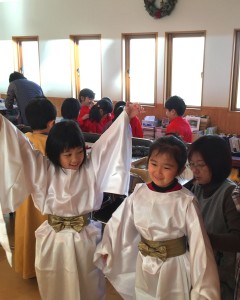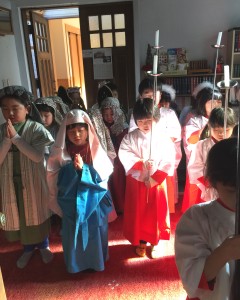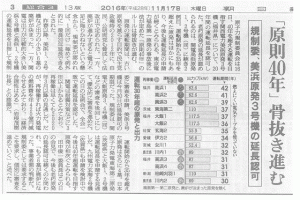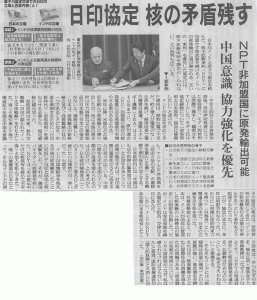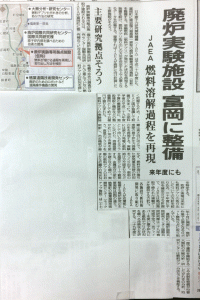Original Japanese written by Izumi Koshiyama, No Nuke Project
The English below written and arranged by Heeday, based on the original Japanese
The English edited by Rev. Dr. Henry French, ELCA
The emergency temporary housing at Izumi-Tamatsuyu, located in Iwaki, Fukushima, provides temporary housing to refugees from the little town of Tomioka, whose entire territory is part of the no-go zone. Another hard-hit town, Okuma, is also completely within the off-limits area and its former residents now live in the temporary housing of Watanabe-Hiruno, Fukushima.
The Fukushima Daiichi meltdown forced these people to leave their hometowns more than five and a half years ago. Those refugees have made good friends in their temporary residences, yet one of them told me that separation from such new friends might happen someday. Therefore, said the refugee at a “Comfy Café” held at one of the temporary housing facilities, making the most of the present time is the thing to do. That message still rings in my mind. A “Comfy Café” meets every Friday morning at the temporary housing of Izumi-Tamatsuyu (for Tomioka refugees), and every Thursday and Saturday morning at Watanabe-Hiruno (for Okuma refugees).
Scenes from the temporary housing of Izumi-Tamatsuyu, Iwaki, Fukushima (housing for refugees from Tomioka)
Present of potted flowers, and a ∗“potato boiling party”

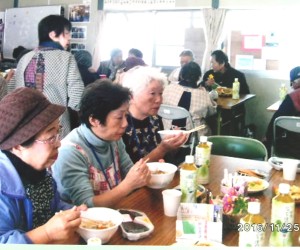
※ “Potato boiling parties” (known as “imoni” in Tohoku Japanese) are common in the Tohoku region of Japan. At such parties, occasionally held outdoors, people boil potatoes and many other foods, and then eat them together as an act of friendship. Especially during the harsh winter of Tohoku, an indoor “imoni” brings people together around the boiling pots, and they enjoy “warmth” both physically and mentally
For a Wikipedia page explaining the Tohoku custom, visit https://en.wikipedia.org/wiki/Imoni
Scenes from the temporary housing of Watanabe-Hiruno, Iwaki, Fukushima (housing for refugees from Okuma)
A scene from a Comfy Café held there
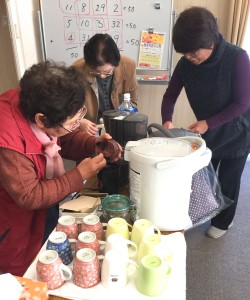
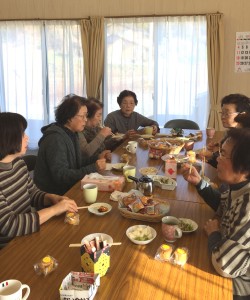
※ In Japan, many cook and eat pumpkins on and around the winter solstice, wishing for good health throughout the winter.


